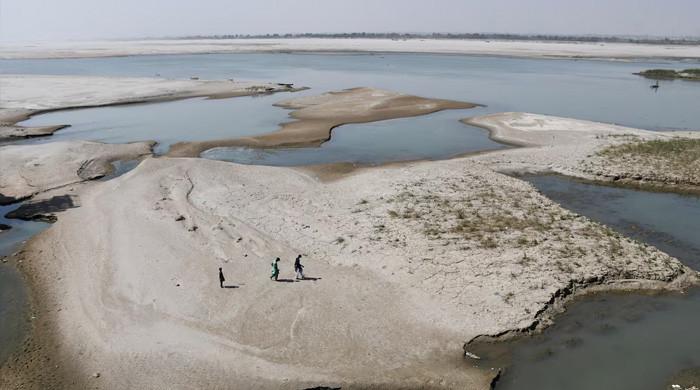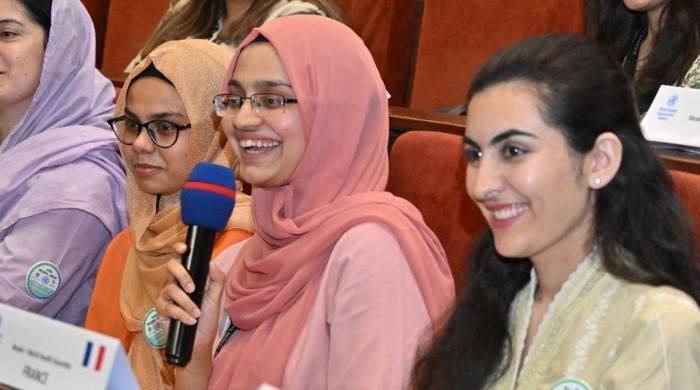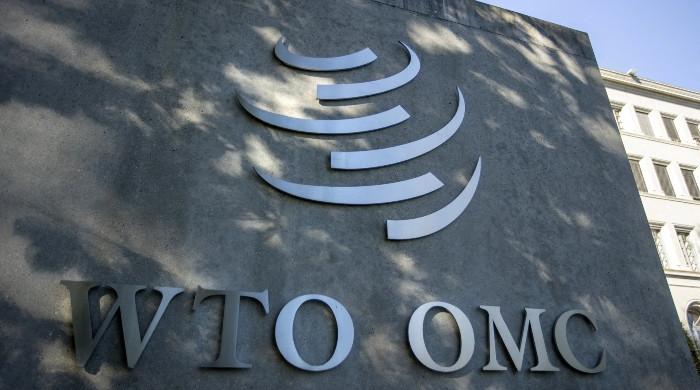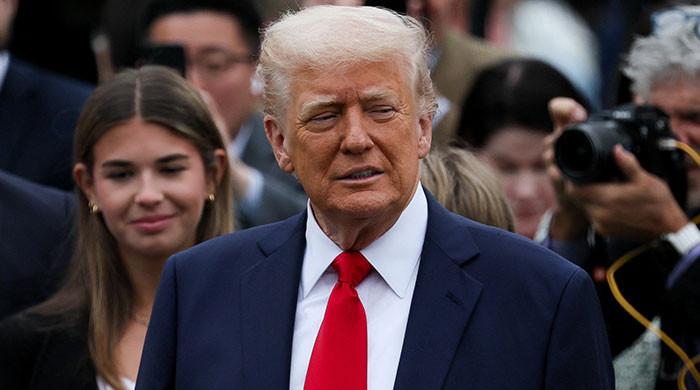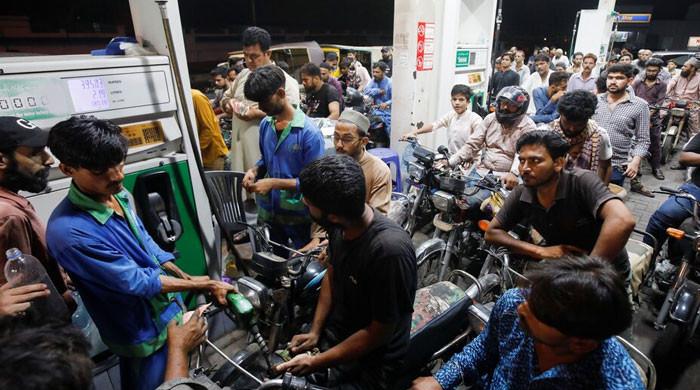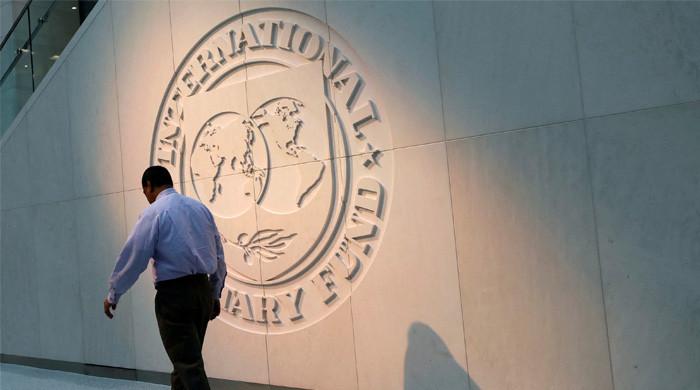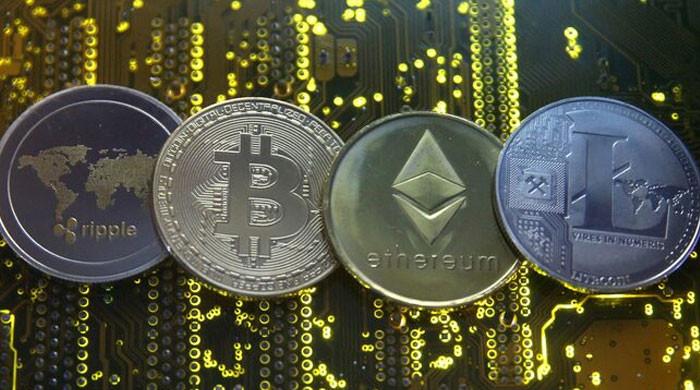Water bottles and the societies we live in: Pakistan turns 70
What would it take for Pakistan to become the Switzerland of Asia, where all Pakistanis could delight in this marvellous land?
August 14, 2017
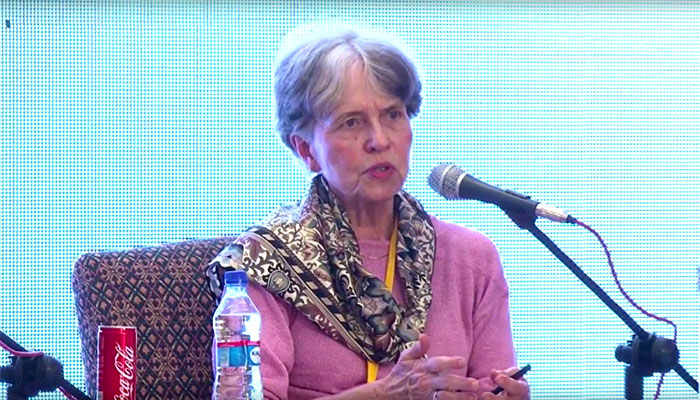
I have long felt an enormous disconnect between my personal experiences in visits to Pakistan and my view about the larger society. I love being in Pakistan, a place of unending intellectual interest for me, and a place where I’ve met with rich personal experiences.
Pakistanis’ warmth and generosity almost seem a civilizational or national trait. For me, as an academic this has been not only a treasured part of my personal life over an astonishing half a century, but critical to my professional life as well.
I am profoundly grateful that no matter what I have set off to explore — Islamic educational institutions, reformist self-improvement movements, the hajj, yunani tibb, the old colonial princely states, and even Iqbal — I have found colleagues and participants open to my interests.
One project, way back in the 1980s, entailed a survey of girls’ and women’s educational projects that took me to all four provinces and interviews with a wide range of extraordinary, often idealistic, individuals. Another project was education of a different sort, helping facilitate a program for American post-graduates to learn Urdu and be introduced to Pakistan. There too I cherished interaction with talented teachers, interlocutors, and whole families who participated.
And to stay with the subject of the profound pleasure of being in Pakistan, I would add the variety of its extraordinary natural wonders. Pakistan has everything, from the seacoast, to the drama of the frontier, to the hills of Balochistan, fragrant in my recollection with juniper. Just one other memory: the flight from Islamabad to Gilgit, when the crew invited the few passengers to the cockpit for a view where it seemed possible to reach out and touch the incomparable, snow-covered Karakorums, towering above us toward the skies. And Hunza and Gilgit at the other end, understandably imagined as a kind of Shangri La given the majesty of the mountains, the sparkling waters, and, of course, the legendary longevity of the residents. When weather indefinitely delayed the return flight, I had a chance to travel the fabulous overland route back to the plains, even seeing Balakot, the legendary site of the famous jihad of the early 19th century.
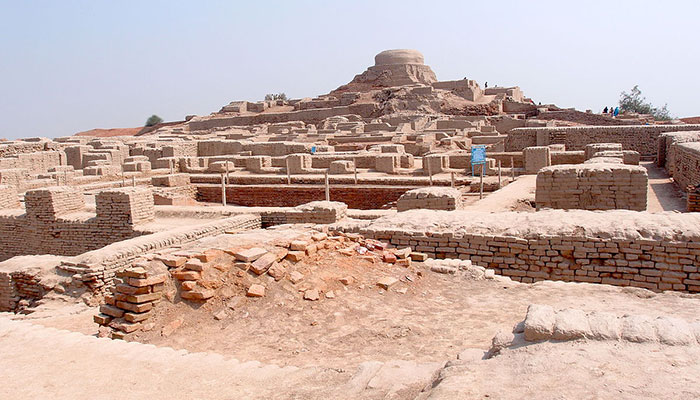
And I haven’t even gotten to the built environment and the cities. Let me repeat: Pakistan has everything. Its monuments represent the whole sweep of human history, starting with the quintessential site of the sub-continent’s great ancient Indus Valley civilization, Mohenjo-Daro. The site on my visit was sublime. I arrived at evening, and as the sun set over the ruins, a camel train crossed the horizon as if put there by central casting. Taxila, at the great ancient crossroads of Asia with its classical and Buddhist sites, alone would make a tourist trip worthwhile; ditto Mughal Lahore; or cosmopolitan Karachi; or modern Islamabad, one of the great examples of mid-20th century urban planning. There is the Pakistan of the Raj, visible everywhere but perhaps in its classic form in Kipling’s Lahore, from the neo-classical old Montgomery Hall to the University’s old campus and on to the Indo-Saracenic High Court, the Aja`ib Ghar, and even the Mall itself. And then there are the great Islamic sites of piety and innovation as well, from Shah `Abdul Latif to Raiwind to the Islamic University, to mention only a few.
Yet, what to make of Pakistan’s larger society? Geography and history may have given Pakistan glorious gifts, but they have also given Pakistan grievous problems, not least the country’s unresolved relationship to India and, arguably, the societal distortions produced by transnational conflicts not entirely of its making, first the Cold War and then the War on Terror. Far too many Pakistanis have had first-hand experience of violence. Everyone suffers from cities that are clogged with traffic, polluted, and deprived of fundamental amenities of modern public life from clean water to good public education. And everyone from Pakistan’s brilliant modern artists and writers, to intellectuals and the “man” in the street, cannot help but respond to this.
Here’s one thought. Recently, the anthropologist, Peter van der Veer, mused on the 19th century European transition that transformed a fundamental indifference to the poor toward responsibility beyond kin to the larger society. The transition, he proposes, sprang less from empathy than from the self-interest of the more privileged. Until cities enjoyed clean drinking water and efficient sanitation, for example, everyone was at risk of ill health and even epidemics. So what about the deficit of public goods like potable water in Pakistan? Maybe empathy and hierarchy are what is at stake. A senior Pakistani civil servant once remarked to me that the “apartheid” of Pakistan was that between those with quality English-medium education and those without (and there are other fault lines, too). U.S. political and economic elites, if incapable of empathy within their society, need to recognize their own self-interest too since analysts now argue that well-being, even for the infamous top 1 per cent, is compromised by the stress and over-all costs of being part of a society as economically polarized as the American one. In China, it took brutal class-based revolution and authoritarianism to provide egalitarian public education and public health. Self-interest would seem a more desirable impetus for change for our two countries.
I take the ubiquitous, politically incorrect, disposable water bottle, whose proliferation stunned me on my most recent visit, as suitable for an important dimension of the challenges facing Pakistan. And maybe the totality of the regional monuments and beauties add up to a symbol as well, pointing to the elements of the past and present that make up Pakistan’s story. I had the privilege of interacting with fellow historians and students in several settings when I was last in Pakistan, and over and over they raised the need for a new version of Pakistan’s story beyond the triumphalist official one. That story needs to be one that attends to the fragments and the contingencies of Pakistan’s past, warts and all. It needs to be a story of every province, with the complex pasts and presents of each. It needs to be a story not only of idealism but also of a society that now requires bottled water and privatized education and a separate generator for a decent life. What would it take for Pakistan to become, say, the Switzerland of Asia, where all Pakistanis could delight in this marvellous land? Pakistan at 70, and the U.S. at 241, have work to do.
Metcalf is the author of Husain Ahmad Madani: The Jihad for Islam and India’s Freedom (2008). She taught for many years at the University of California, Davis, and retired as Alice Freeman Palmer Professor of History at the University of Michigan. In 1995 she served as president of the Association for Asian Studies and, in 2010, as president of the American Historical Association.
Disclaimer: The views and opinions expressed are those of the author and do not necessarily reflect the official policy or position of Geo News or the Jang Group.




